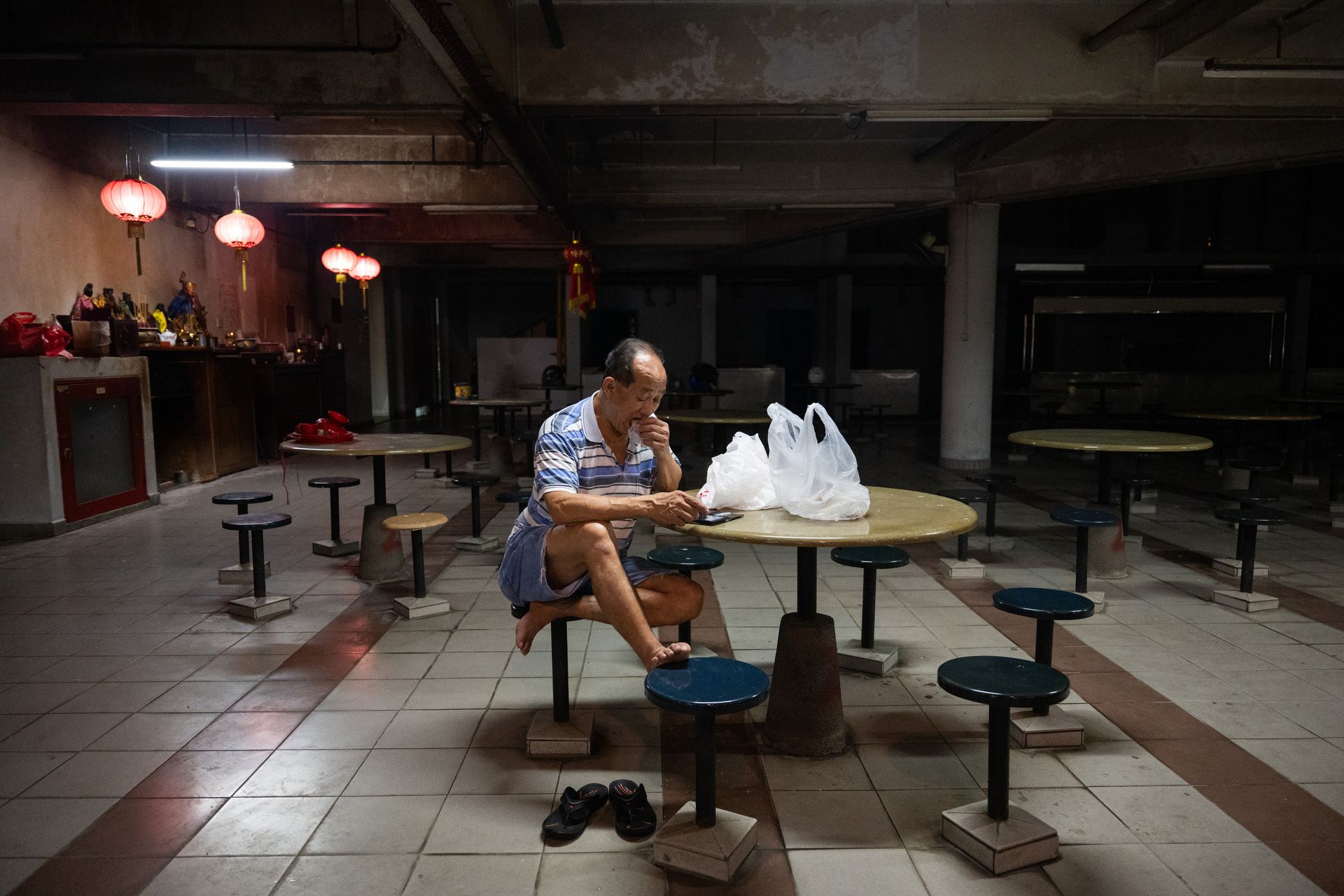As fish are poured out of a container, Mr Chia Jim Hiang and other fishmongers rush to snap up their freshest picks at Senoko Fishery Port every morning.
“This is so fun!” the 75-year-old says in Mandarin with a smile. “But I’m old now so it’s not easy to compete with younger fishmongers.”
Six nights a week, workers start to stream in at 11pm. By 2am, the wholesale seafood market comes alive as fish merchants trade with their customers, while shipments arrive until 5am.
Come March 17, the smell of seafood and saltwater mingled with shouts and chatter will fill the air one last time, before the merchants and their workers relocate to Jurong Fishery Port the next day.
After the Senoko port shuts on March 31, the 3.24ha site – the size of 4½ football fields – will be returned to the state. Its future use is not known.
The port began operating in 1997 as a purpose-built home base for Singapore’s fishing fleet.
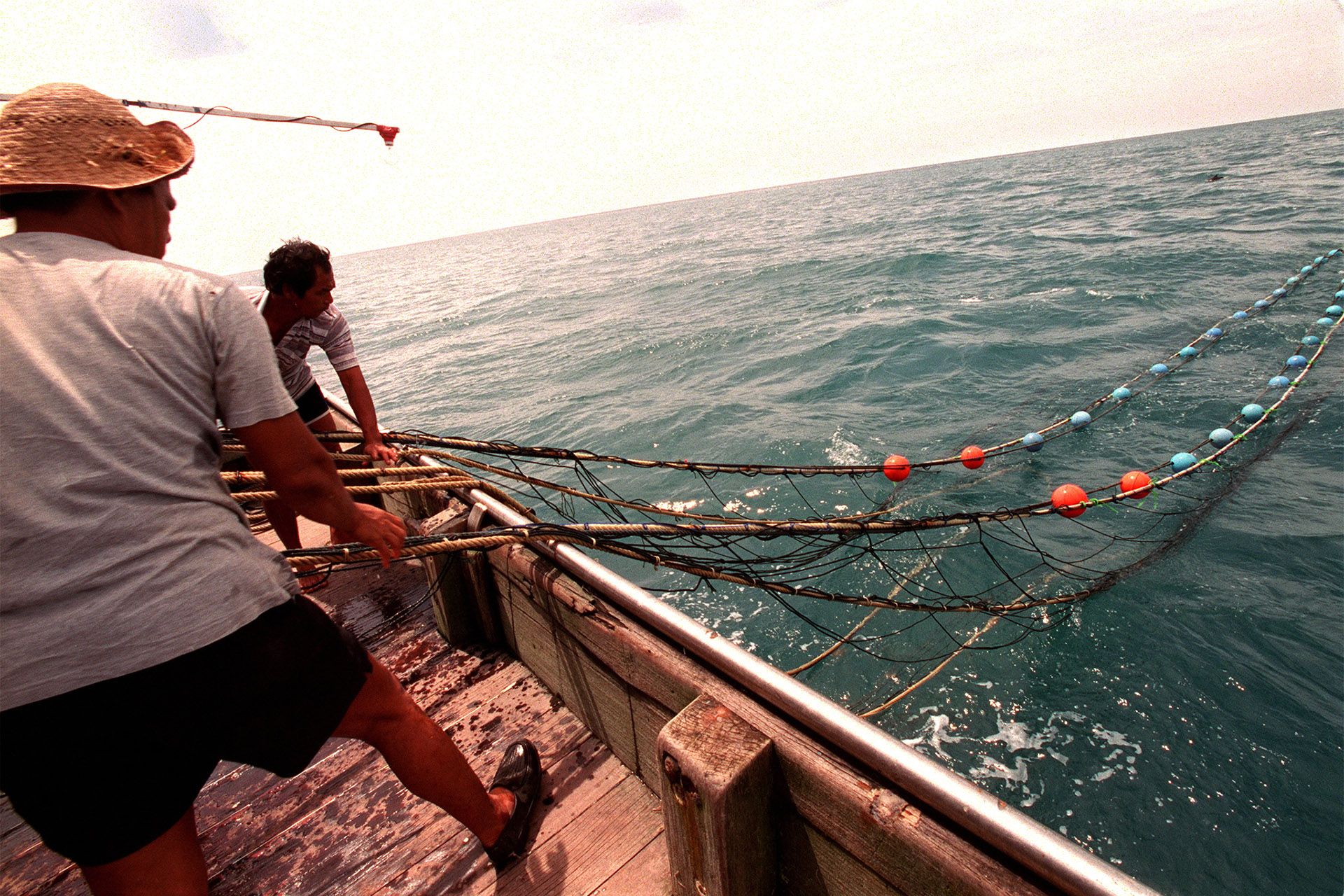
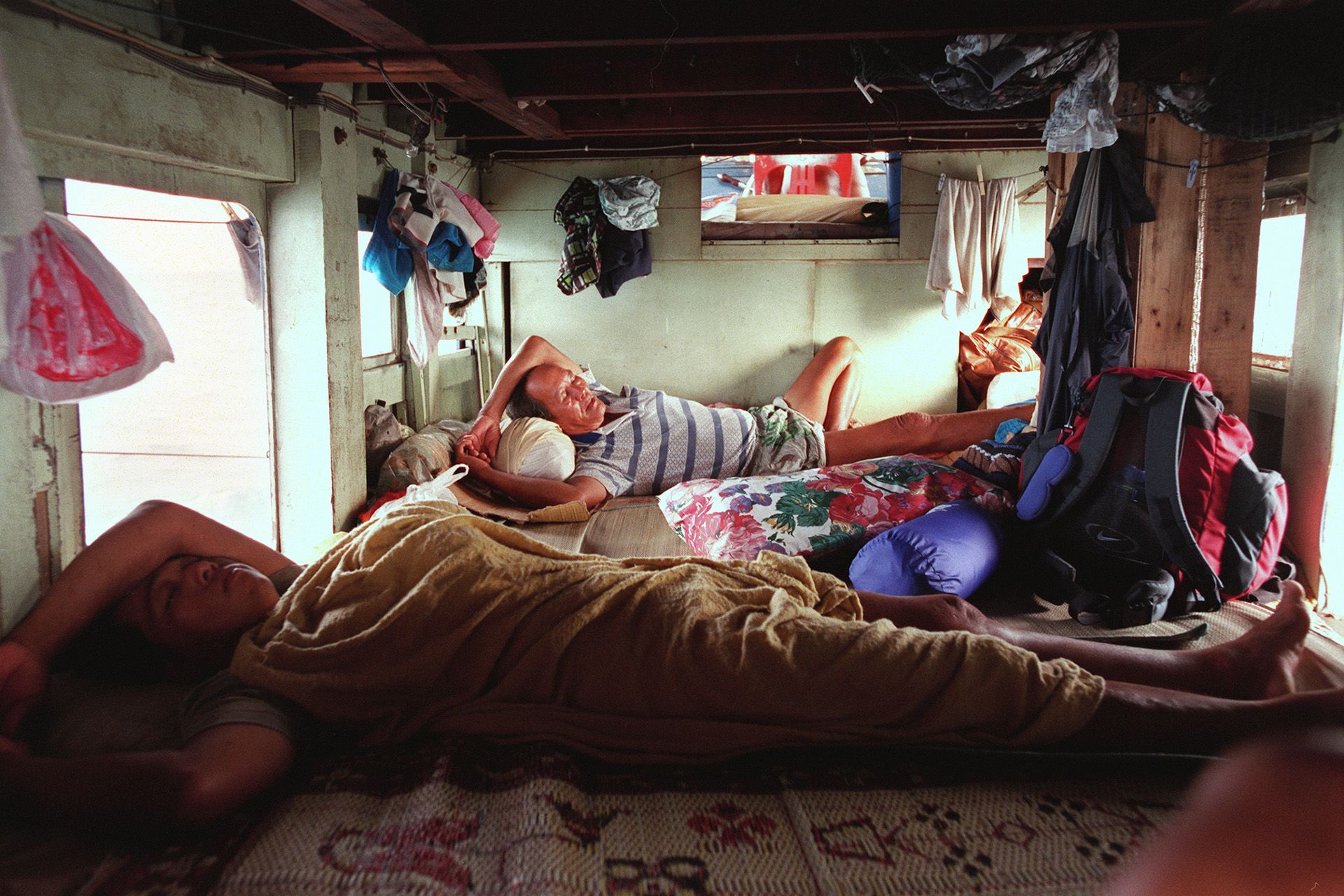
However, the last fishing boats were sold off three years ago as they were not lucrative anymore.
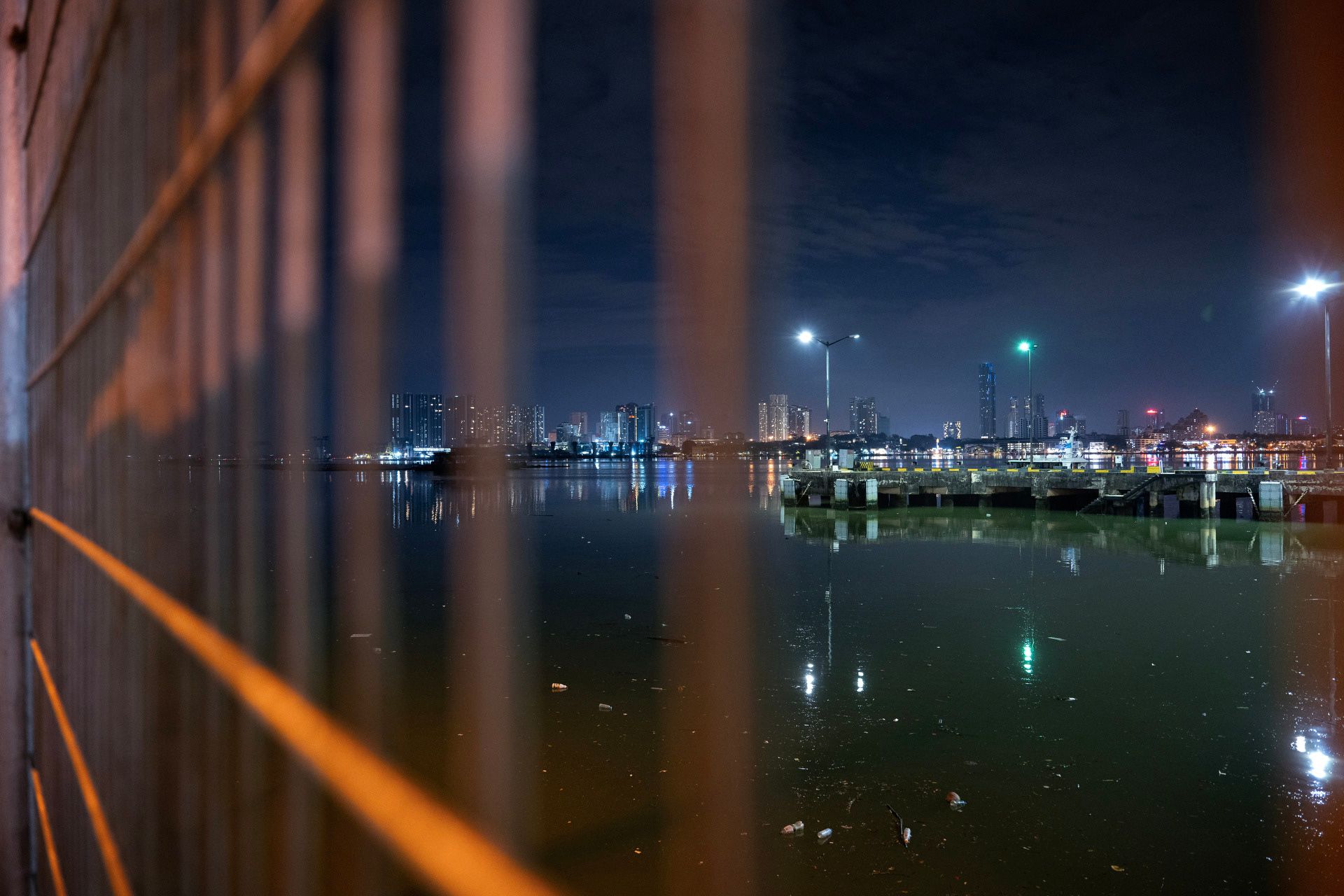
Now, only fresh catch from foreign vessels is dropped off at Jurong Fishery Port and taken to Senoko by lorry.
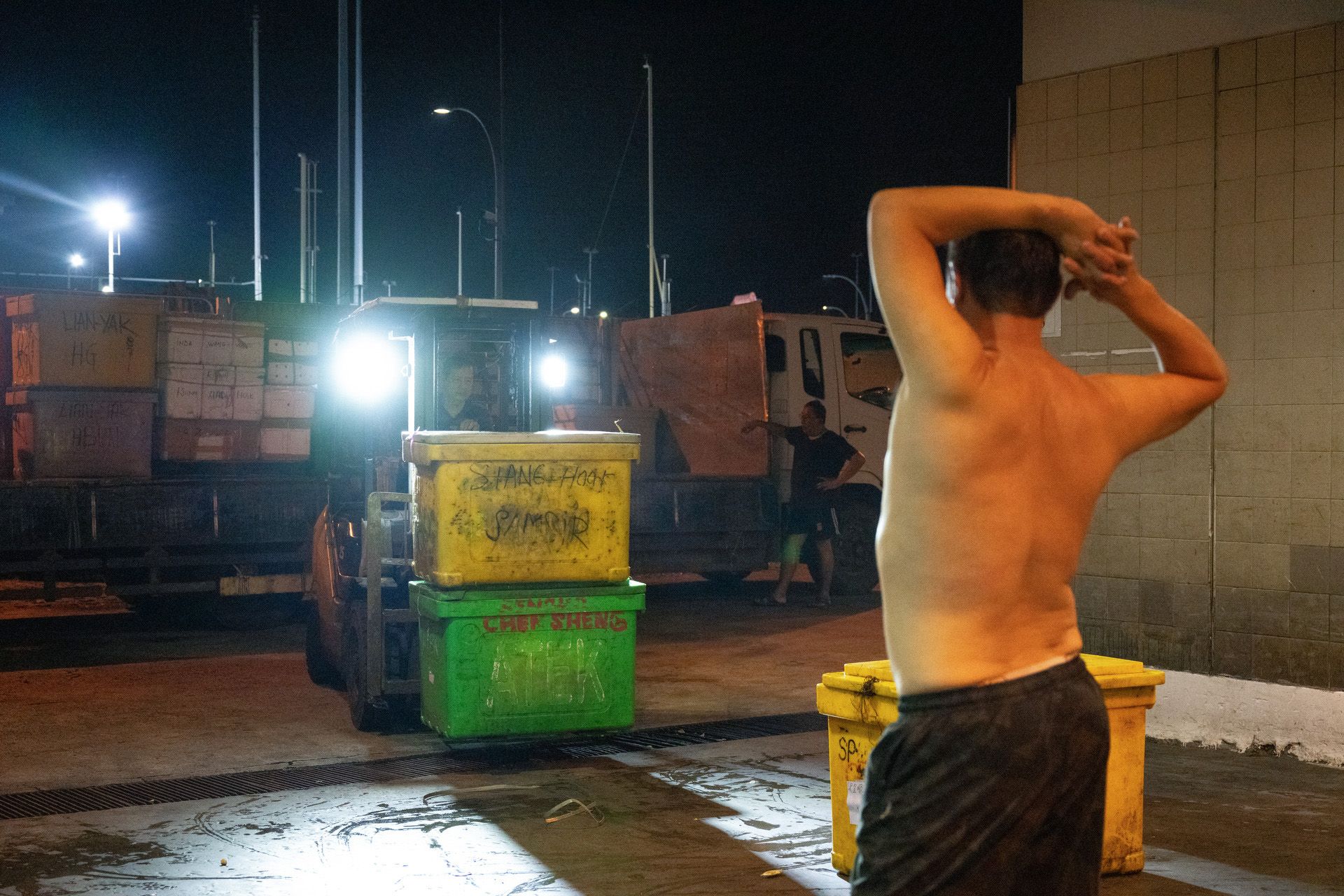
Many of the fish merchants are Teochew and began their trade at the decades-old market in Kangkar, a village at the end of Upper Serangoon Road. In 1984, they shifted to Punggol Fishing Port, where they operated until 1997. They then moved to Senoko to make way for the development of Punggol New Town.
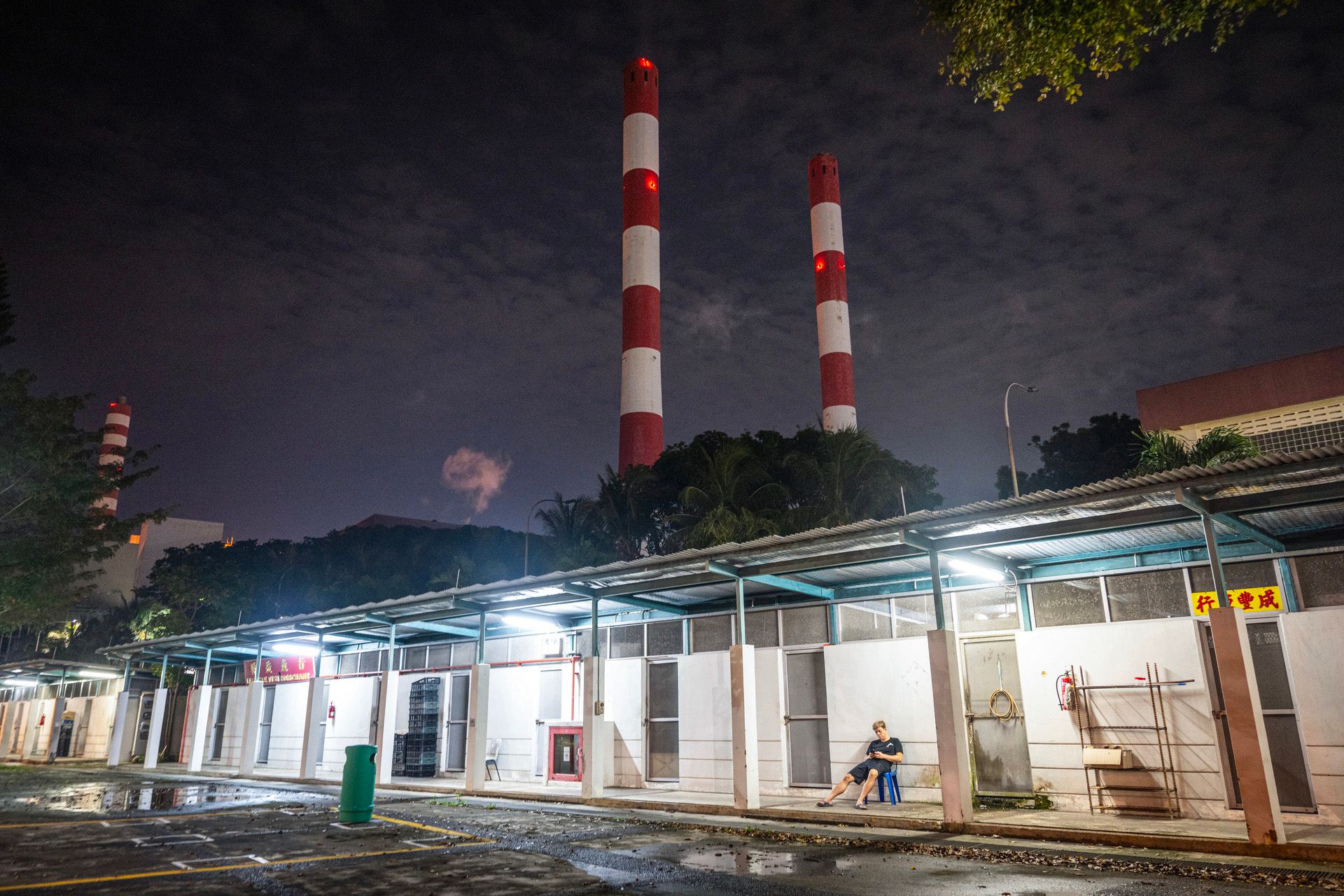
There are currently 25 merchants at Senoko Fishery Port.
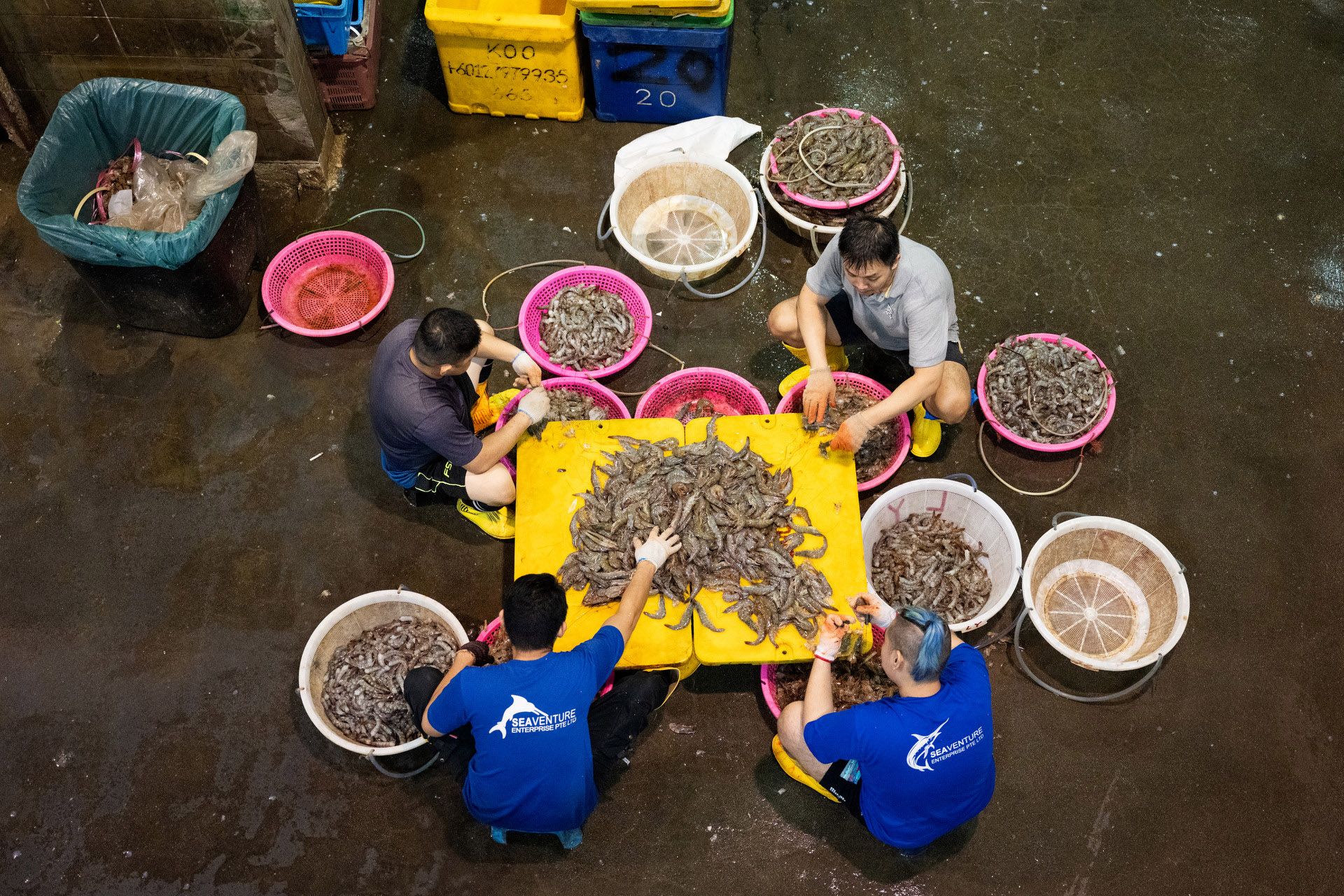
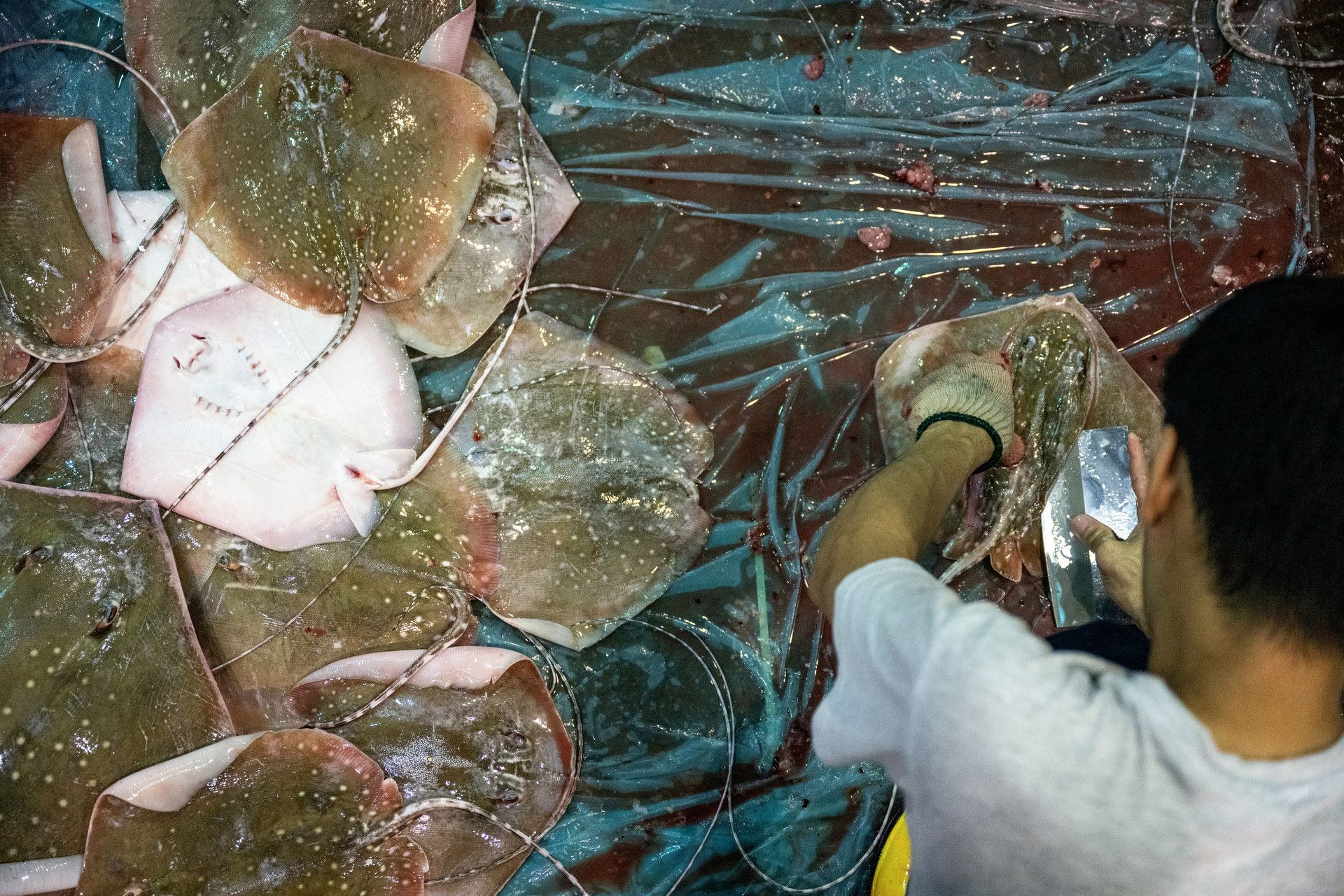
Fish merchant Tan Yew Meng (below), 64, says: “When we started here, there were a lot more people, but slowly they became fewer. Some got older and retired, and the young didn’t want to carry on the business.”
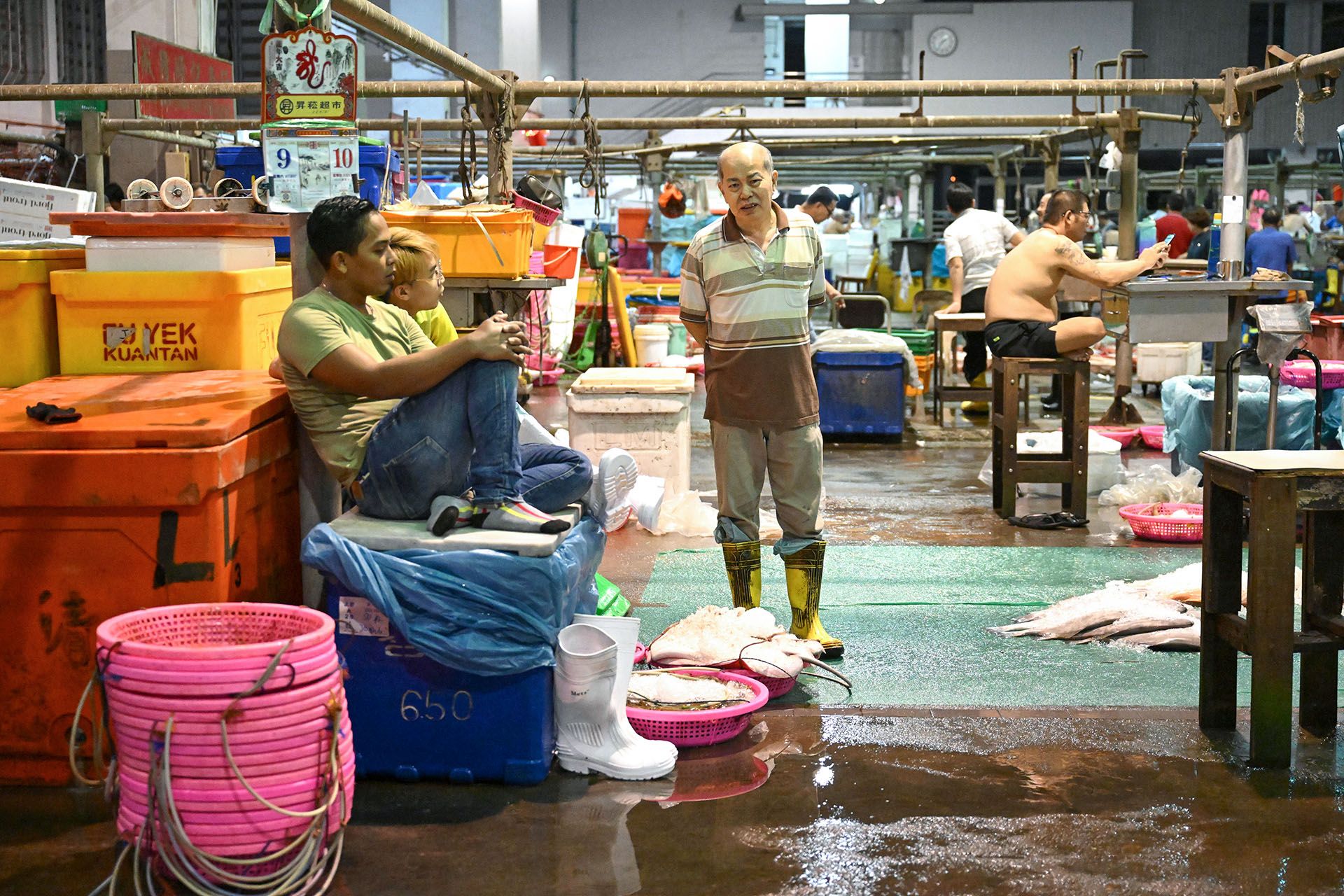
For those who remain in the trade, it is the camaraderie that they treasure.
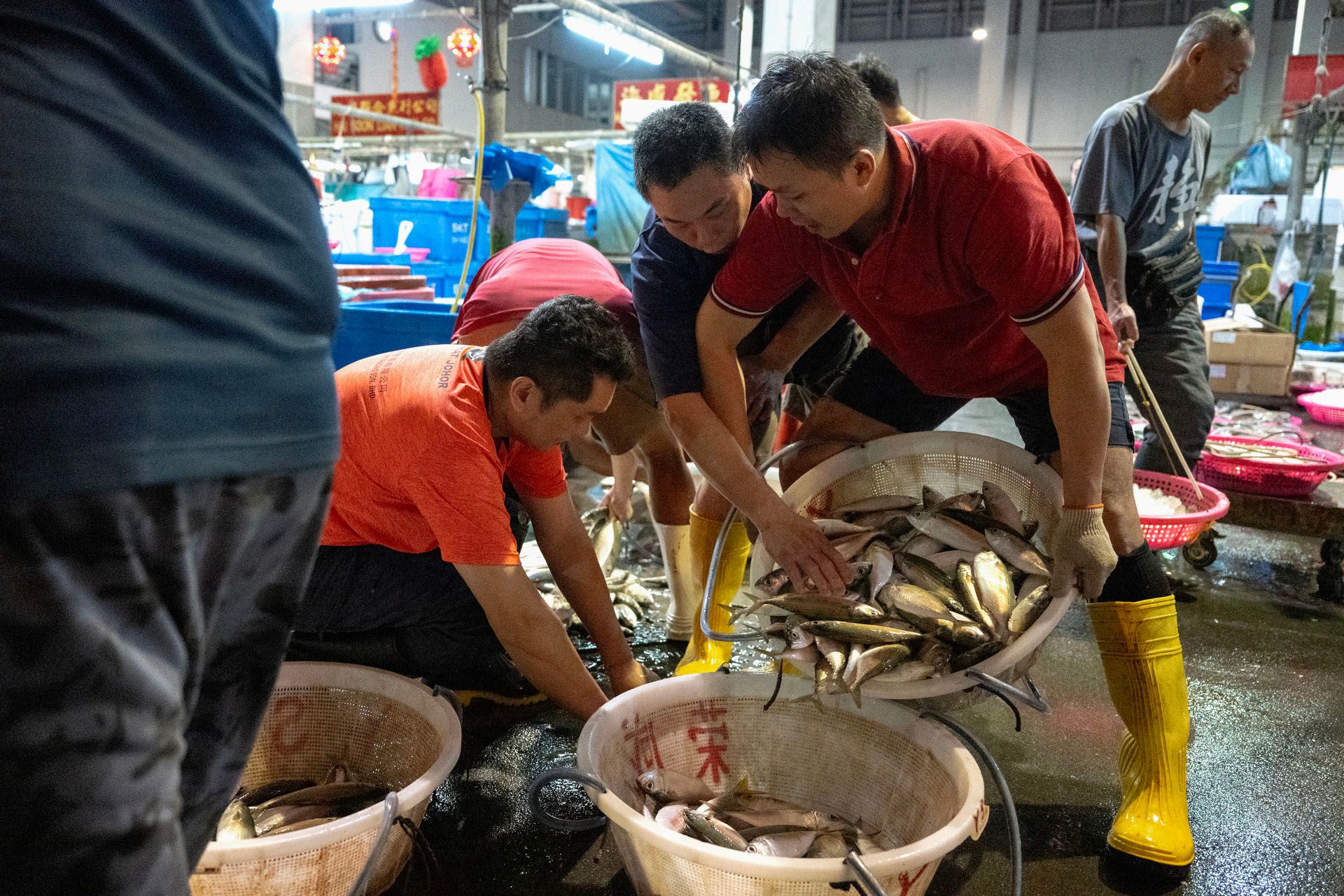
“Everyone helps each other. Sometimes, if I don’t have something, I’ll buy from my neighbours and they will buy from me. It’s these kinds of things that make you feel comfortable,” says Mr Daniel Pe, 44, chairman of the Punggol Fish Merchants Association and a second-generation fish merchant.
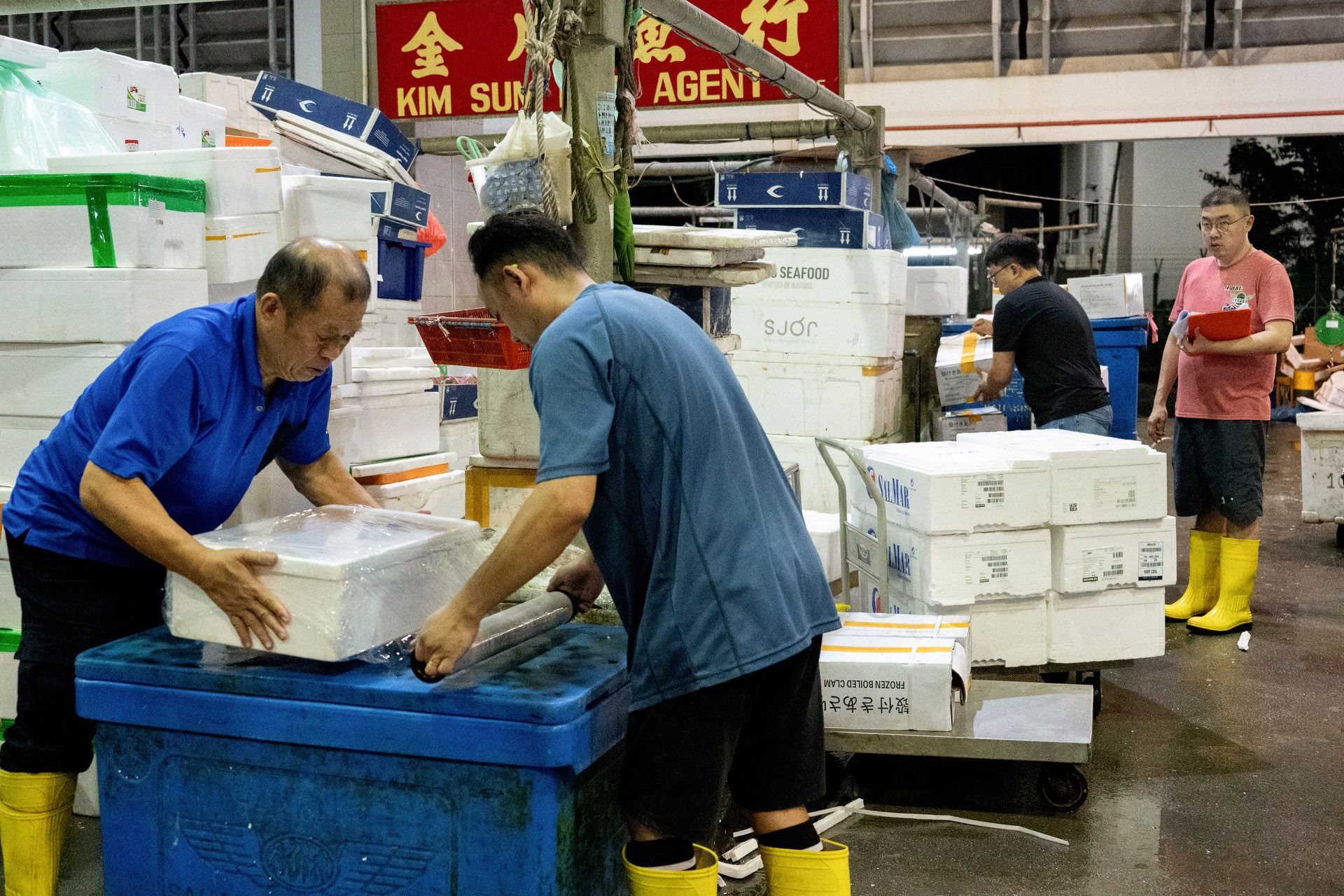
“I would say we are a family and it’s a very homely little community.”
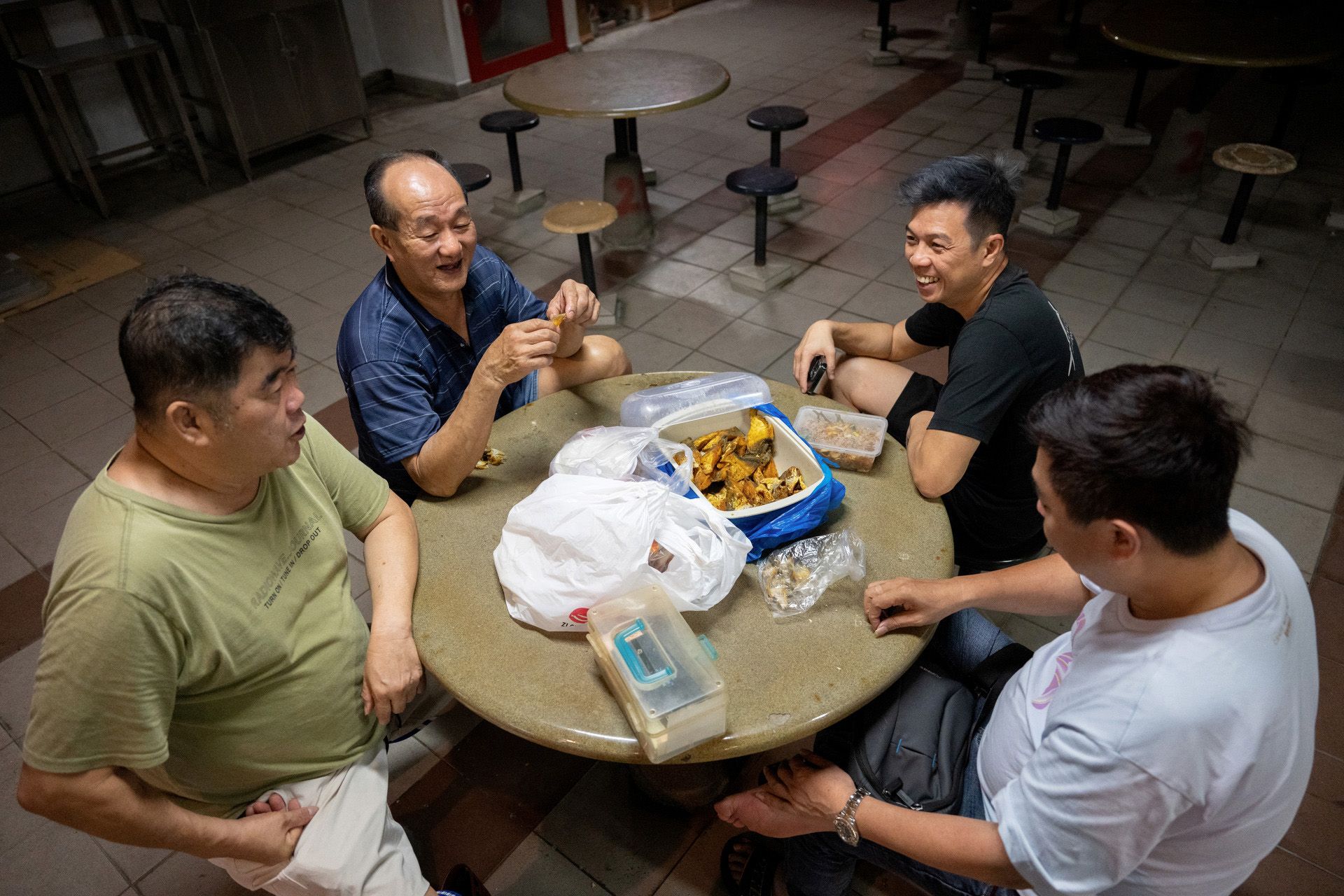
While waiting for fresh shipments to arrive, fishmongers and merchants would mingle at a makeshift rest station with a coffee dispenser and biscuits.
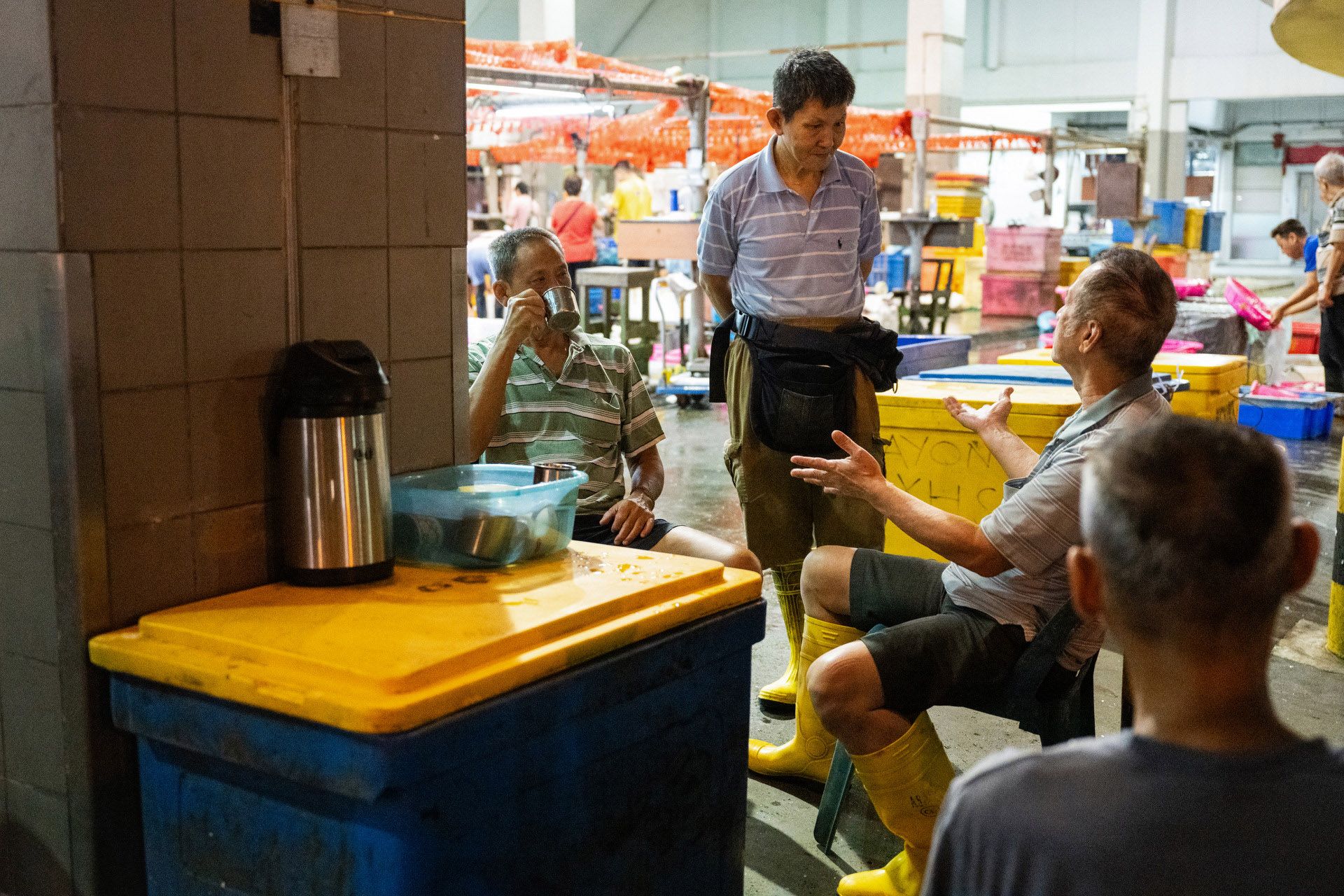
“This is a little something to serve the people. If they enjoy it, then they will pay up. It’s nothing much, but if everyone can enjoy it, then it’s good,” says 72-year-old Phillip Yap, who manages Xin Hai Soon Fish Merchant.
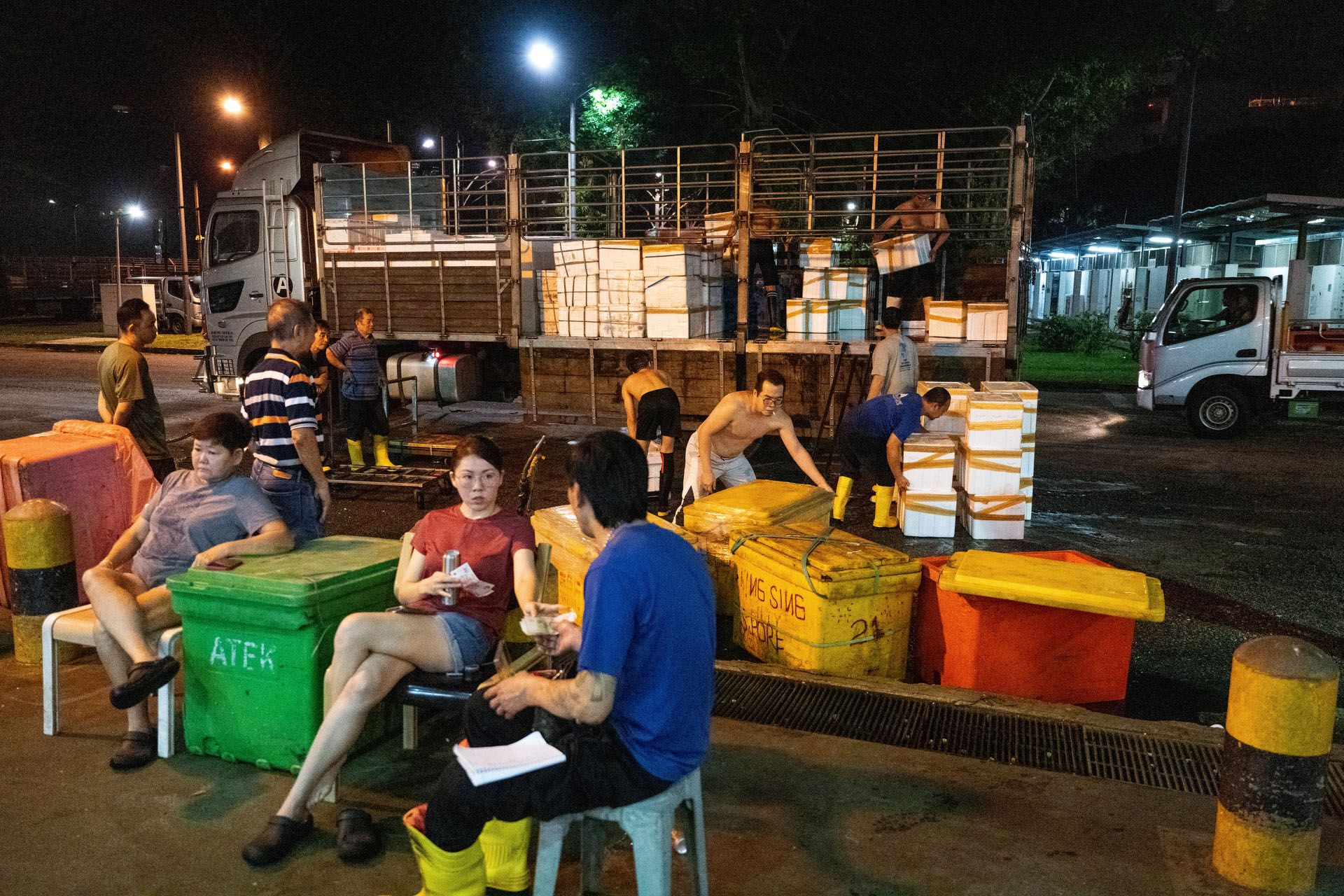
As they count down to the final days at Senoko, many fish merchants have mixed feelings about the move.
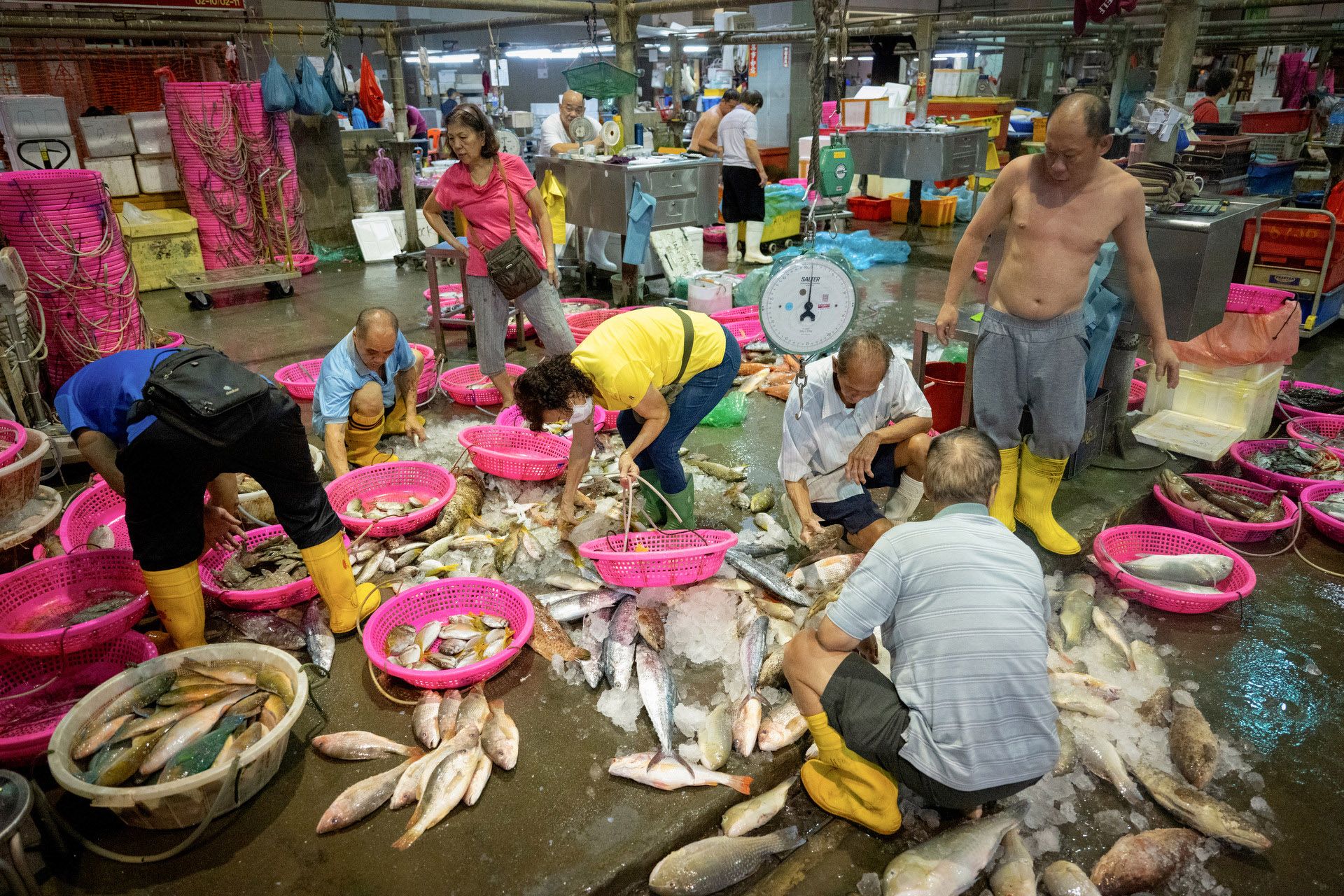
It will take an additional hour of travelling for the merchants who live near Senoko, but some say that there is a bigger pool of buyers at Jurong Fishery Port.
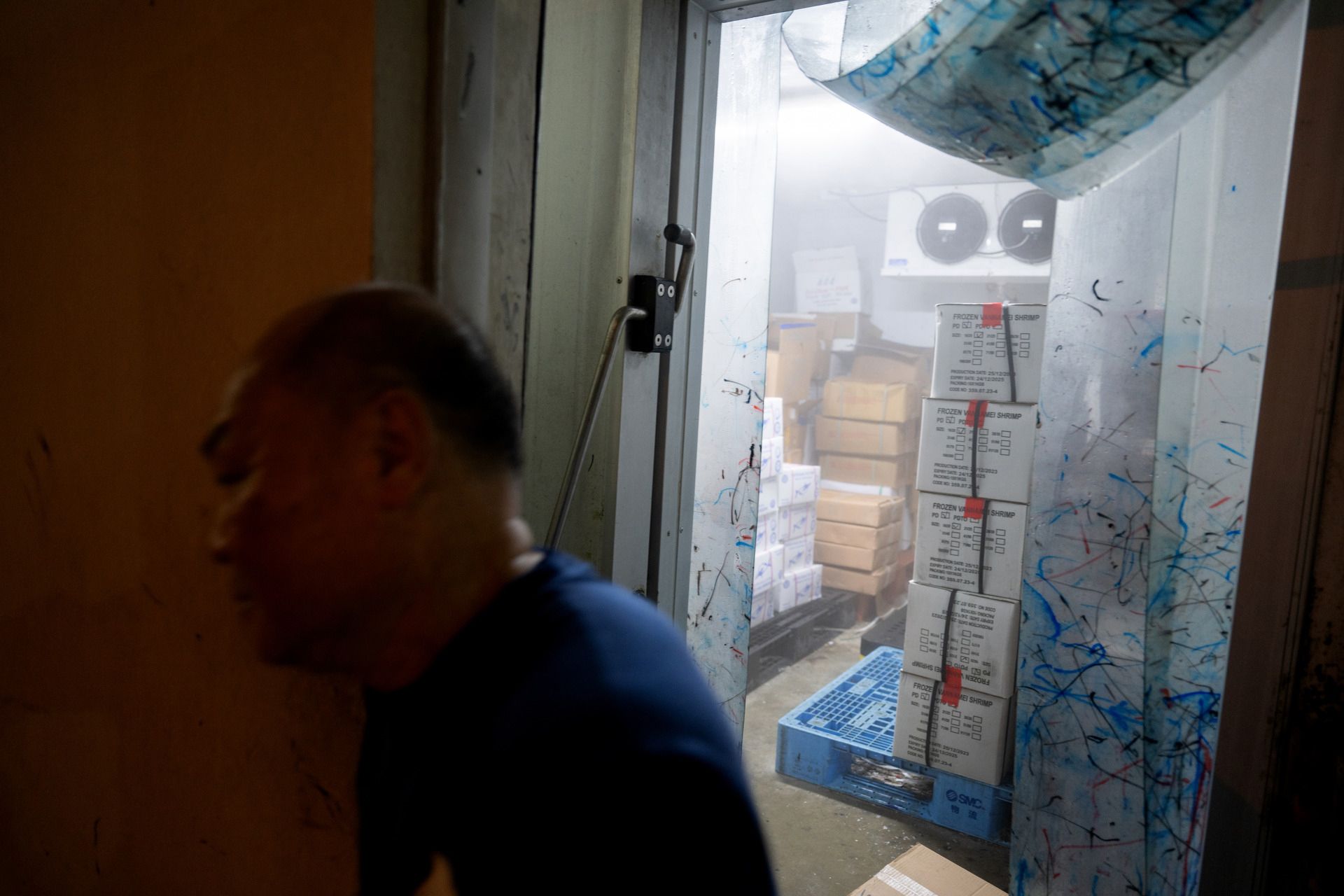
Four merchants have decided not to move over to Jurong. 17 merchants will move to the new annex in Jurong that has been built to accommodate them, while the remaining four merchants will join the main market, where there are more than 100 other merchants.
“We have to see how it will be like. It should be better than here because there aren’t a lot of people here and it’s very quiet,” says Mr Tan.
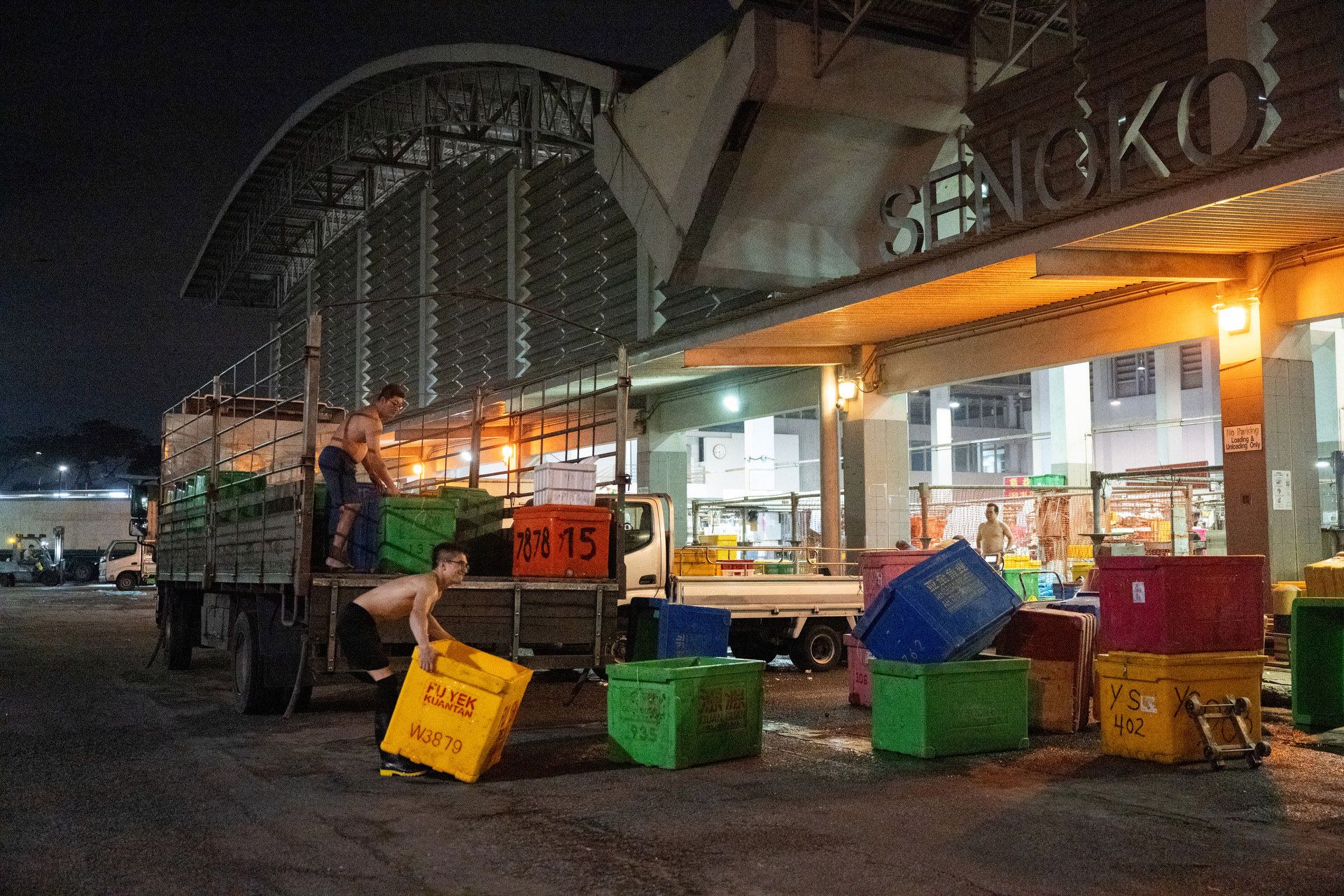
Madam Annie Lee, 60, who runs Hai Soon Hai Lak, says: “I will miss this place because we are familiar with how things are, and I don’t know how the crowd will be like there... so we will try to survive.”
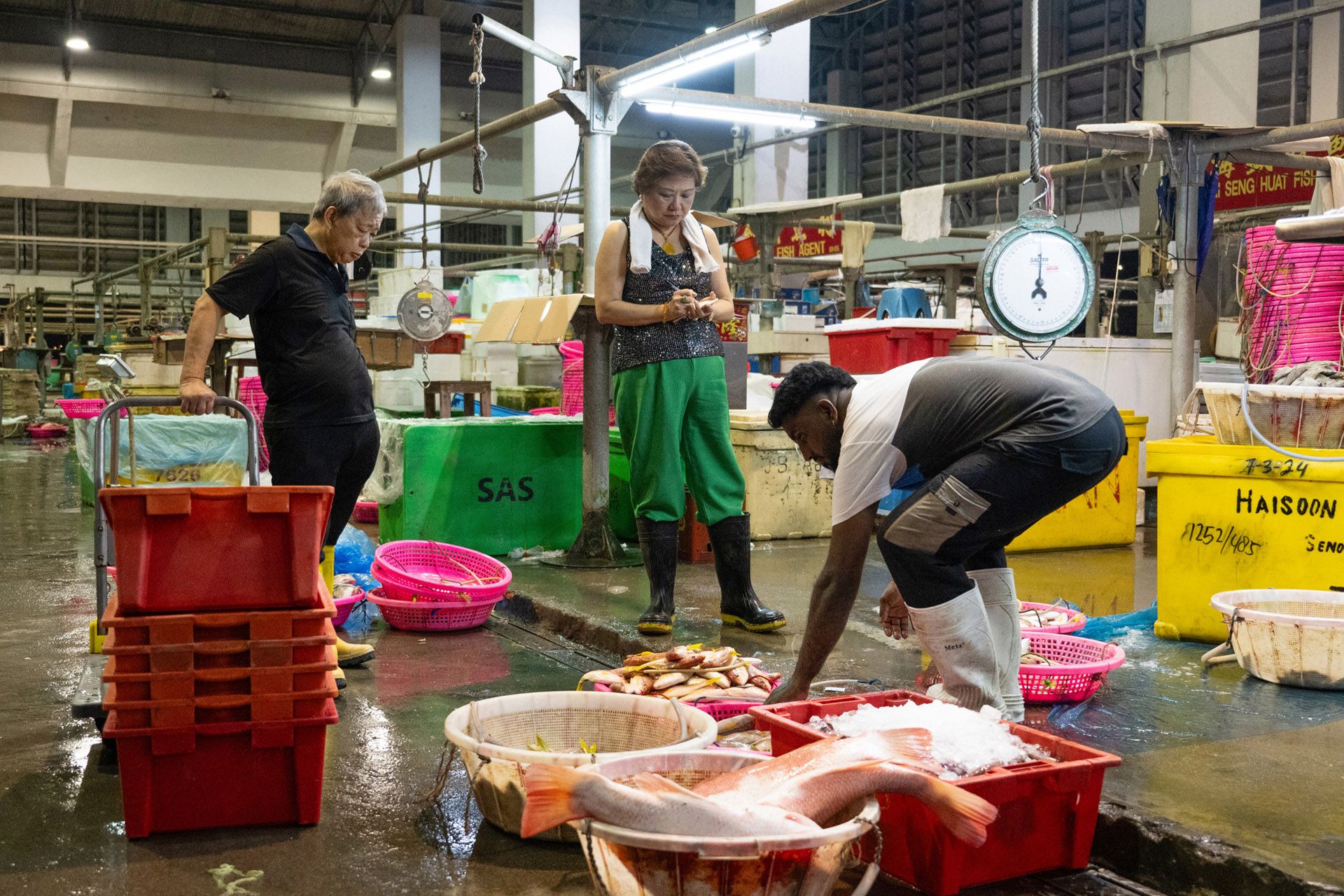
Mr Pe adds: “Maybe we are too comfortable with this place... people are reluctant to change. So of course they don’t feel good about travelling further and facing more competition, so we’ve got to help each other.”
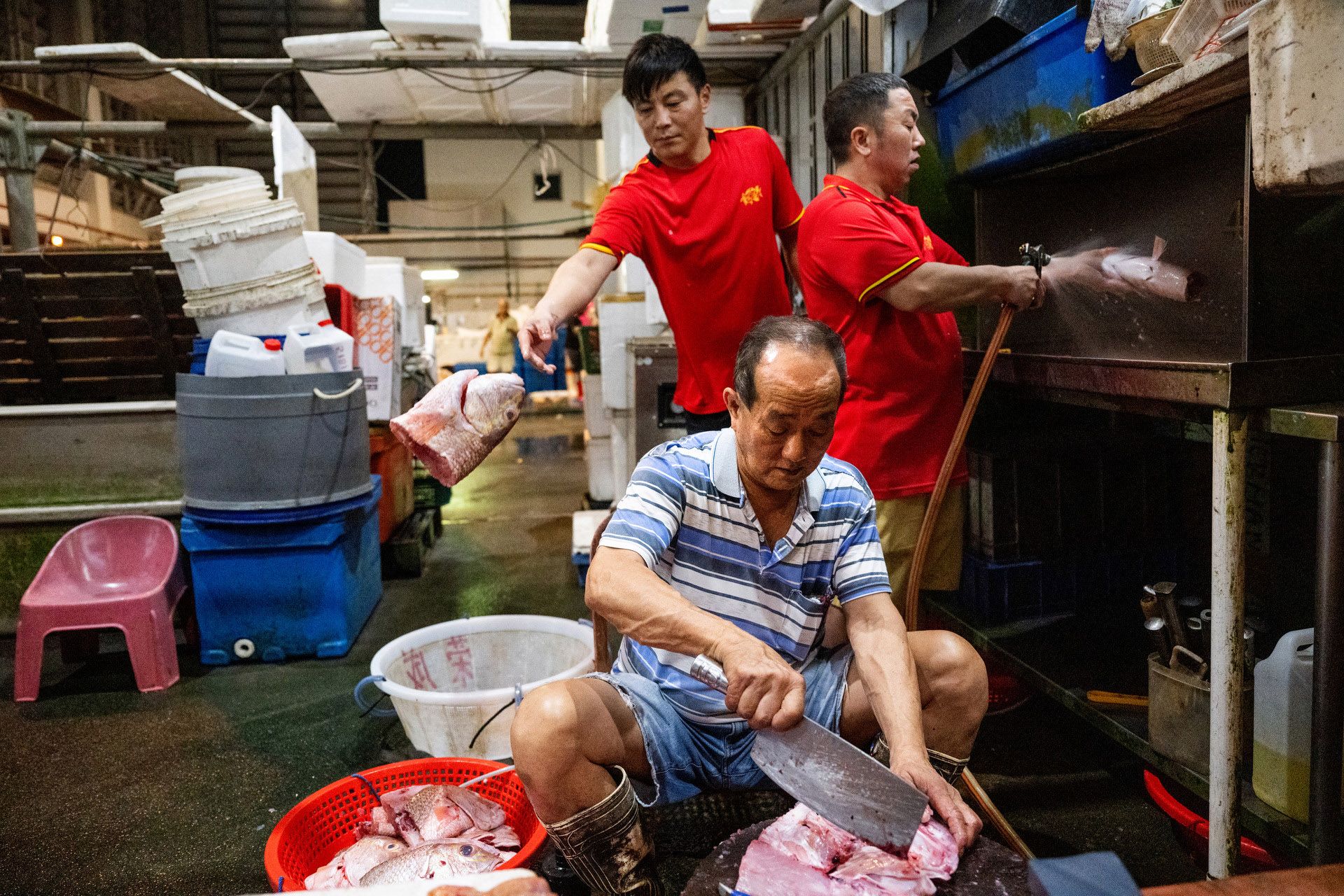
For Mr Davidson Goh, 51, he will lose some of his workers.
“Jurong is too far for them, so some don’t want to work any more. I have to find new manpower,” says the third-generation owner of Lian Yak Fish Merchant.
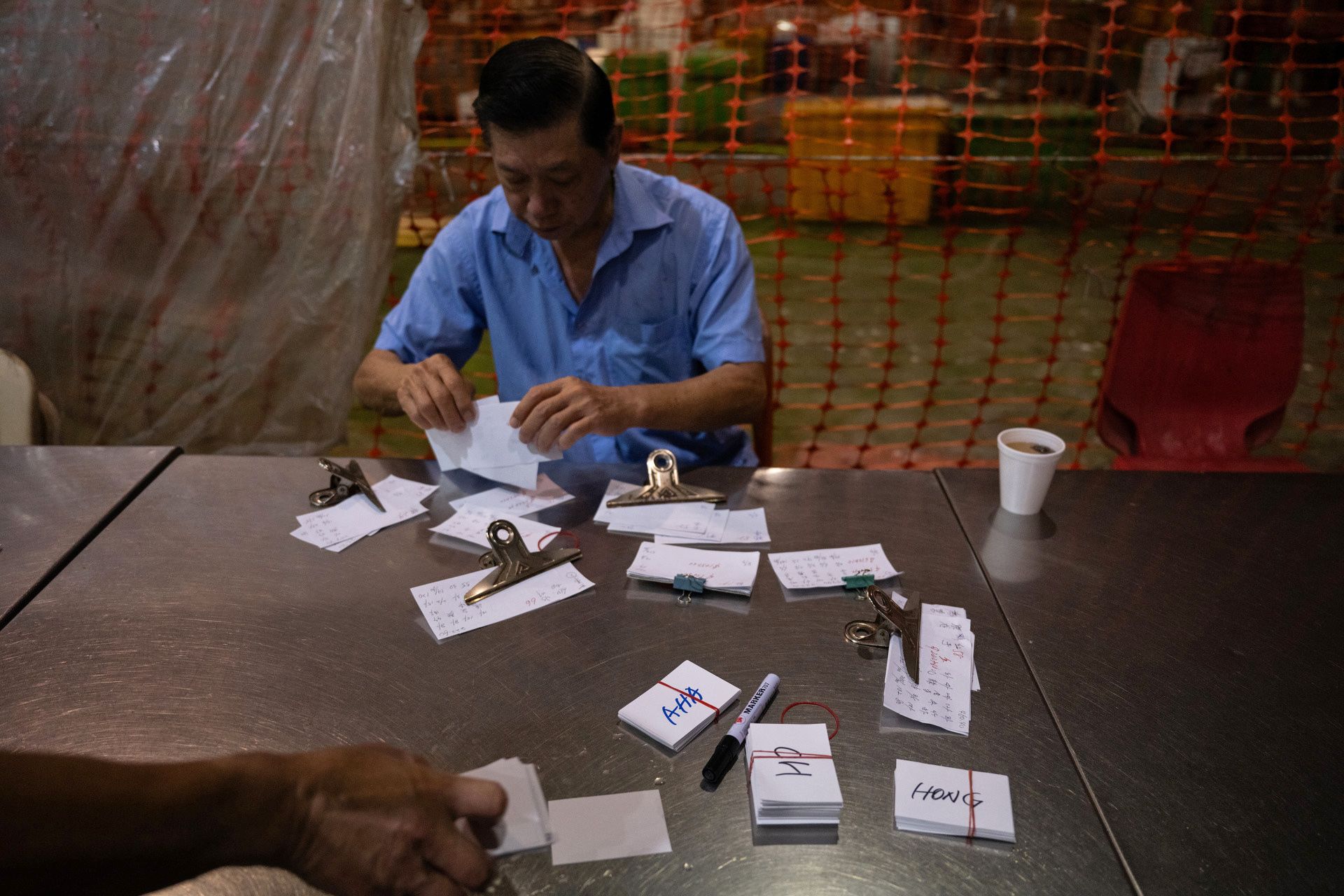
There is also uncertainty among some regular customers, like Mr Chia, who has been a fishmonger since the 1970s. He has been buying his daily supply from the merchants since they were at Kangkar village.
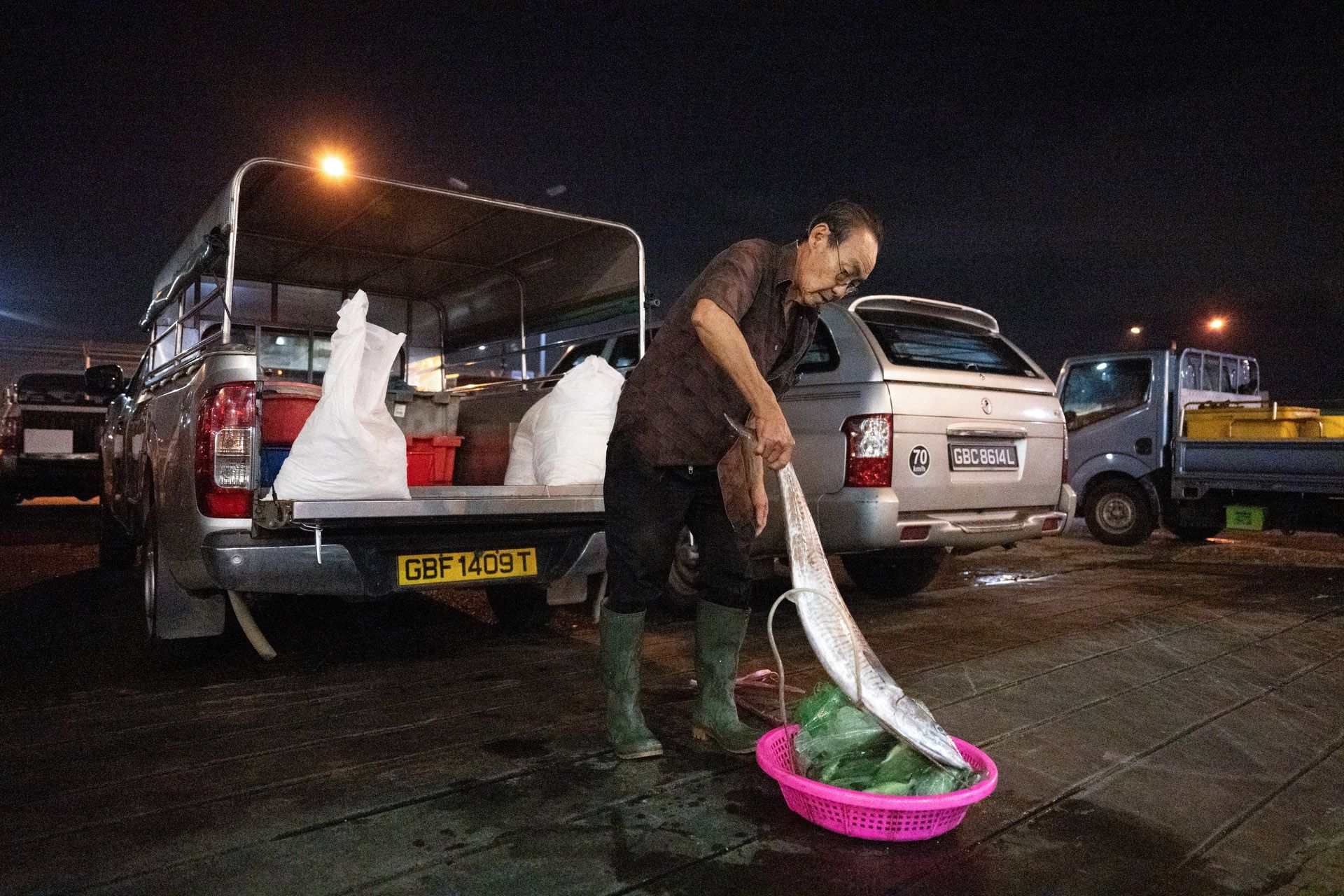
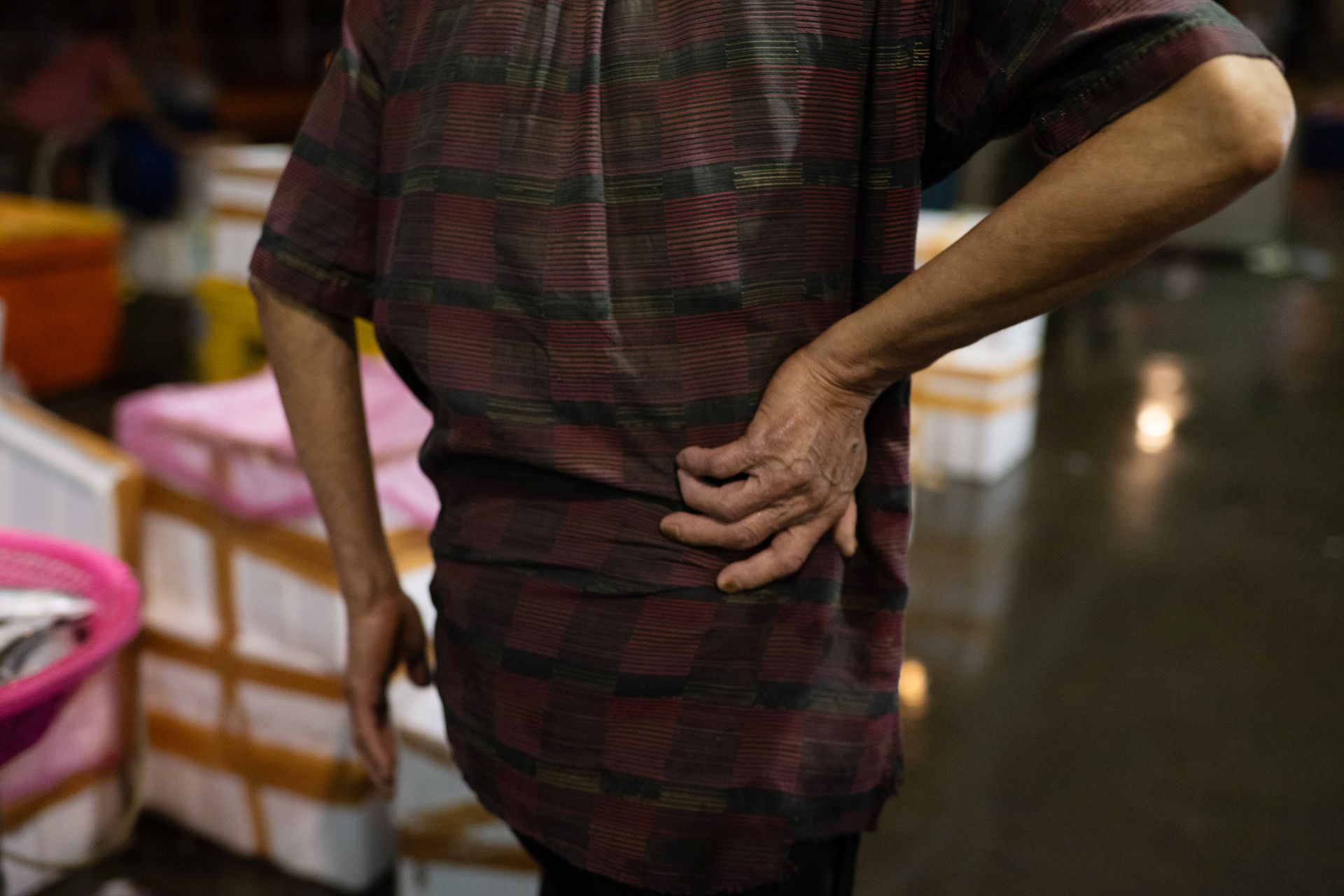
“It’s almost time for me to retire, I’m not sure if I want to continue after the move, so I am still thinking about it,” says Mr Chia.
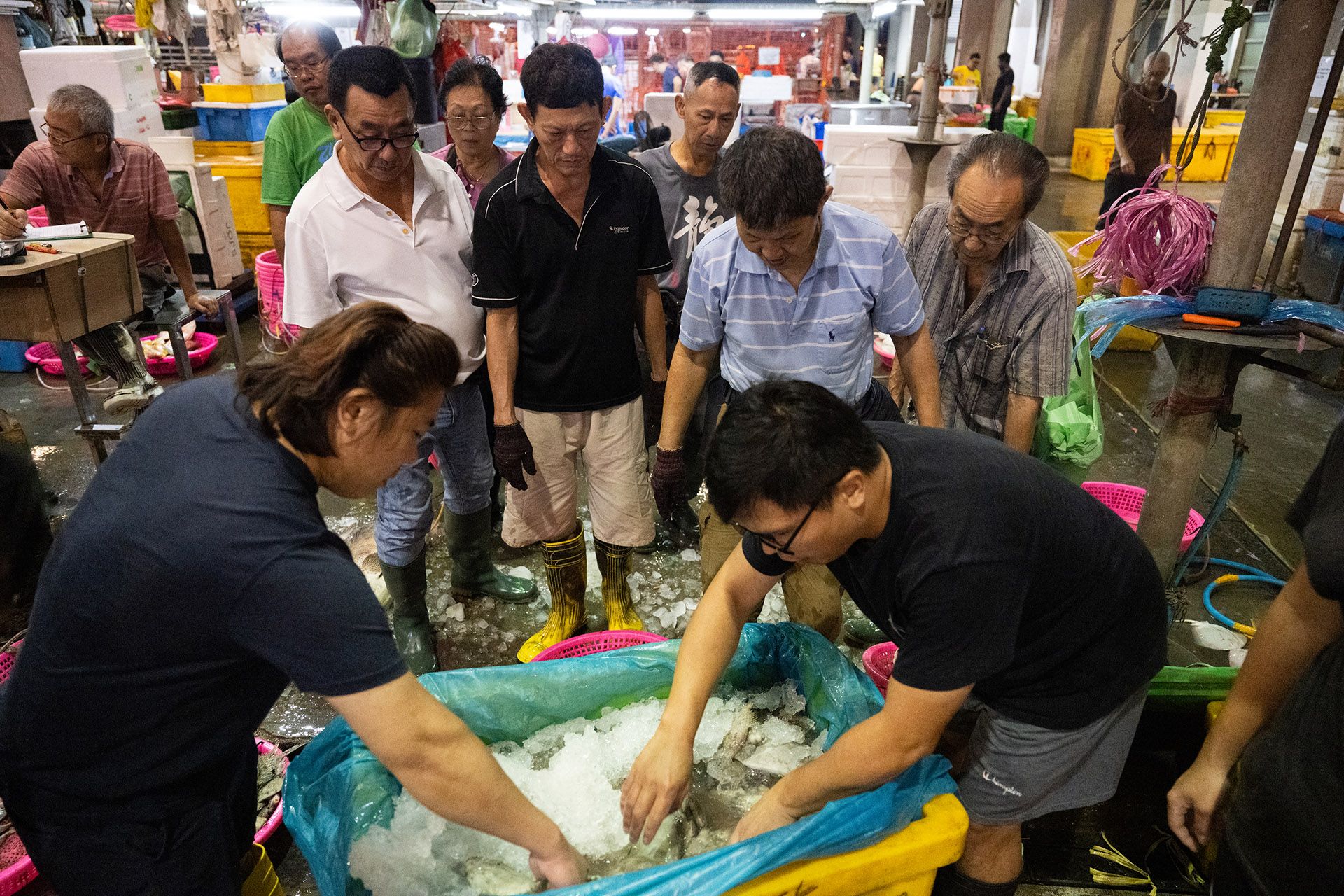
Eighteen-year-old student Vin Moorthy, who visited the wholesale market with his parents, who have been regulars for two decades, says: “I’m a little sad because it’s a part of my childhood.”
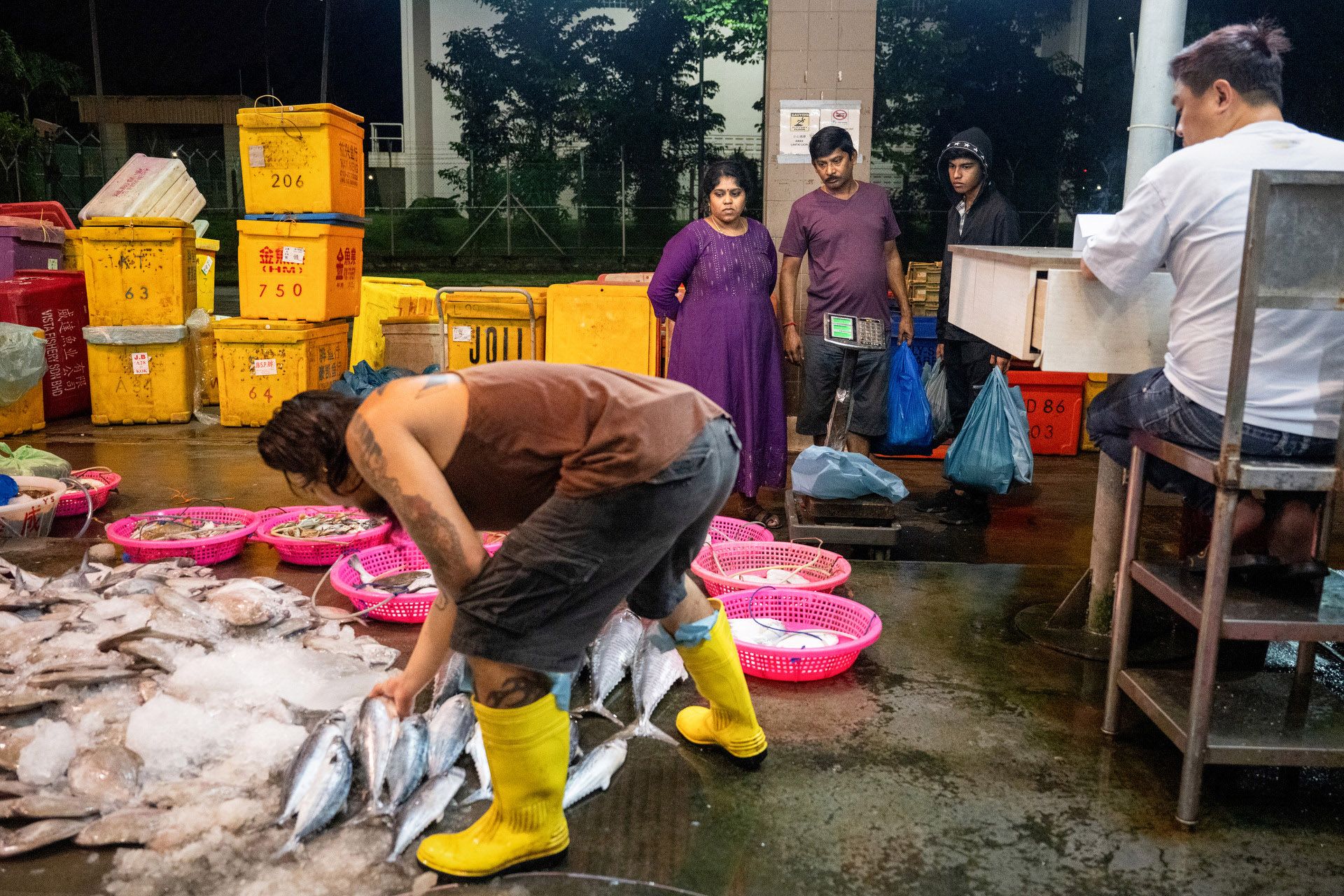
It is not only the fish merchants and their workers who will move out.
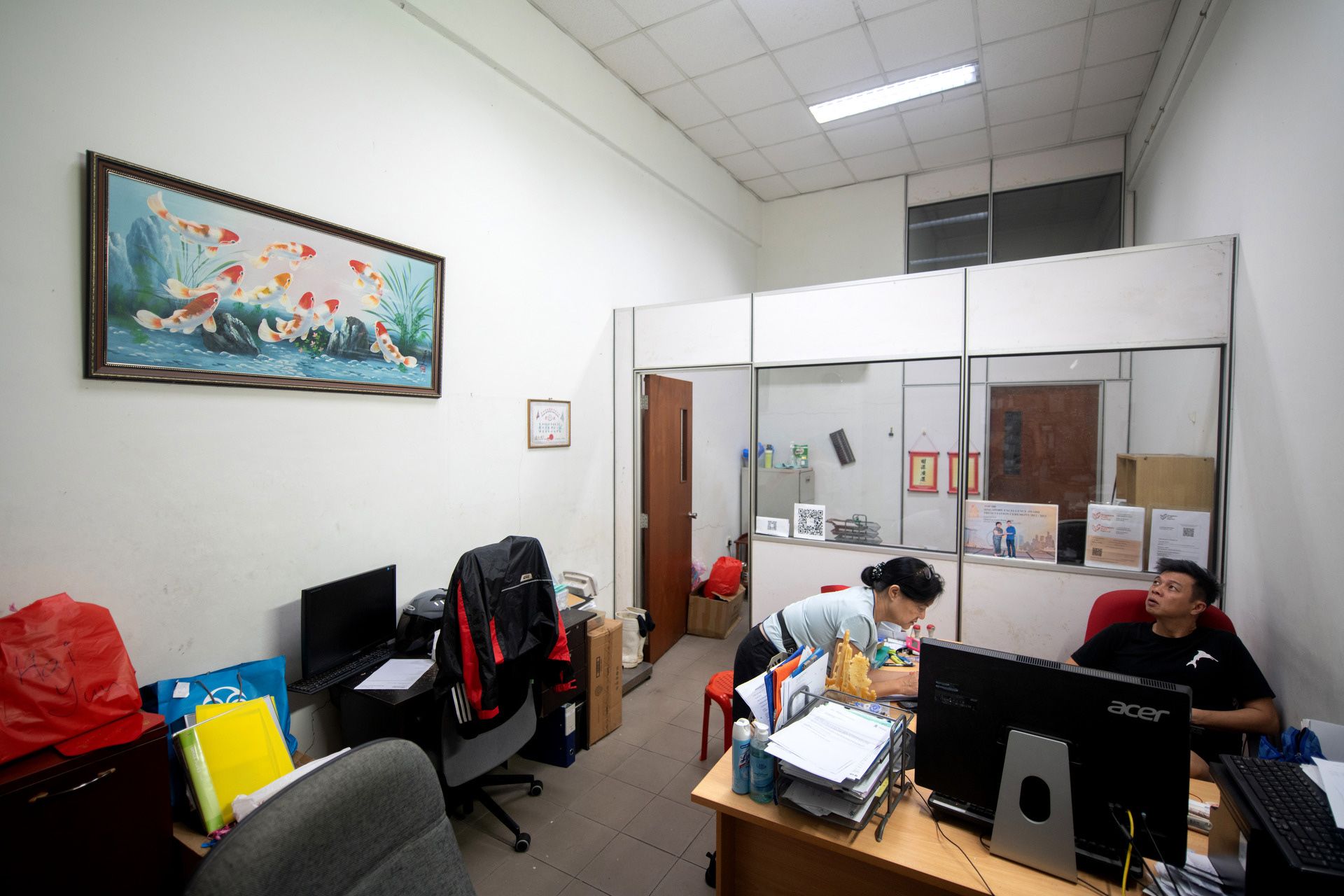
An altar of the sea goddess Mazu, where they have prayed for years, will accompany them.
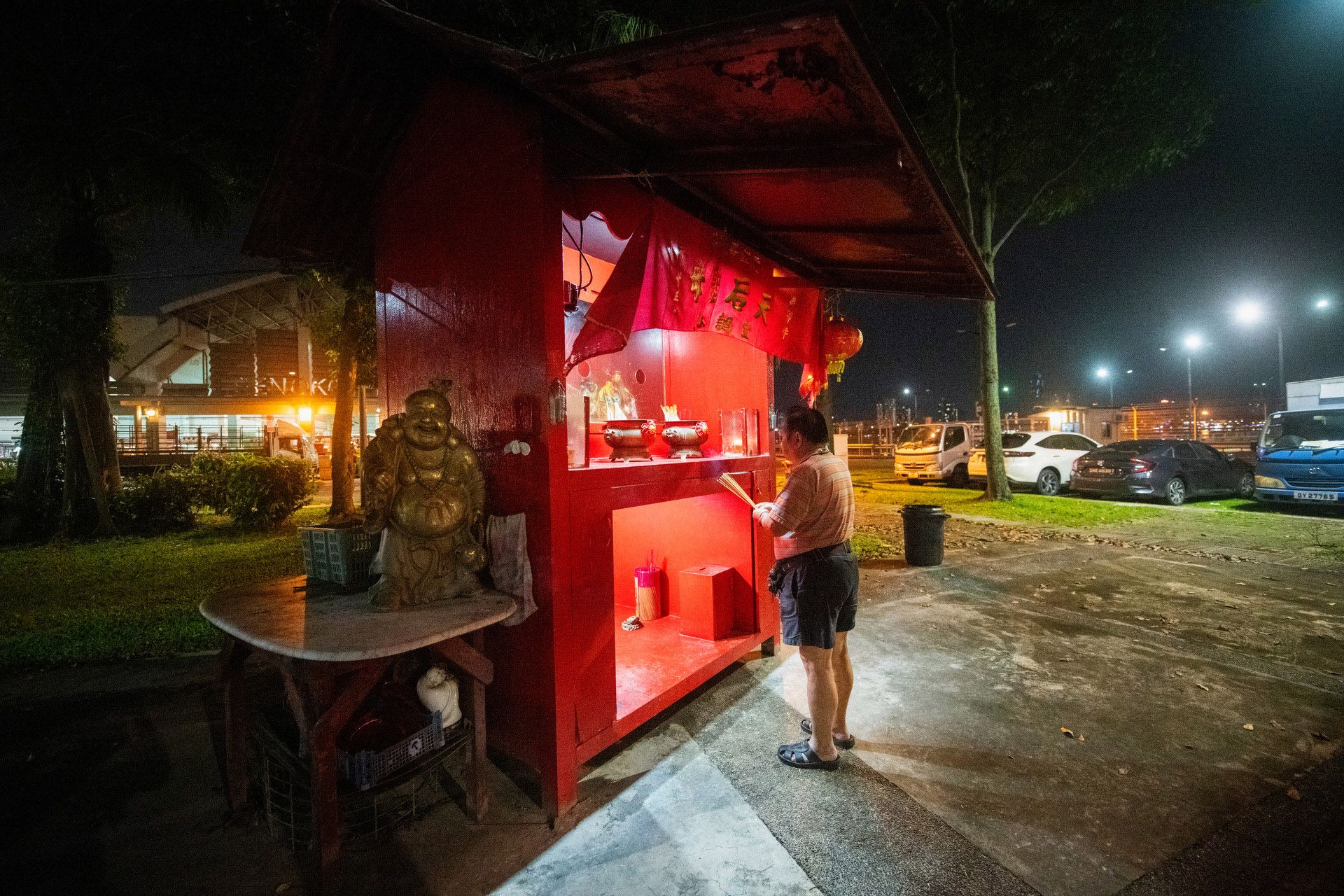
“In the past, the fishermen would come to the Mazu altar near the jetty to pray for safety in the seas and a good catch,” says Mr Yap.
“This is a tradition from the old Kangkar village to Punggol and then to here, so we appealed to bring it to Jurong Fishery Port.”
